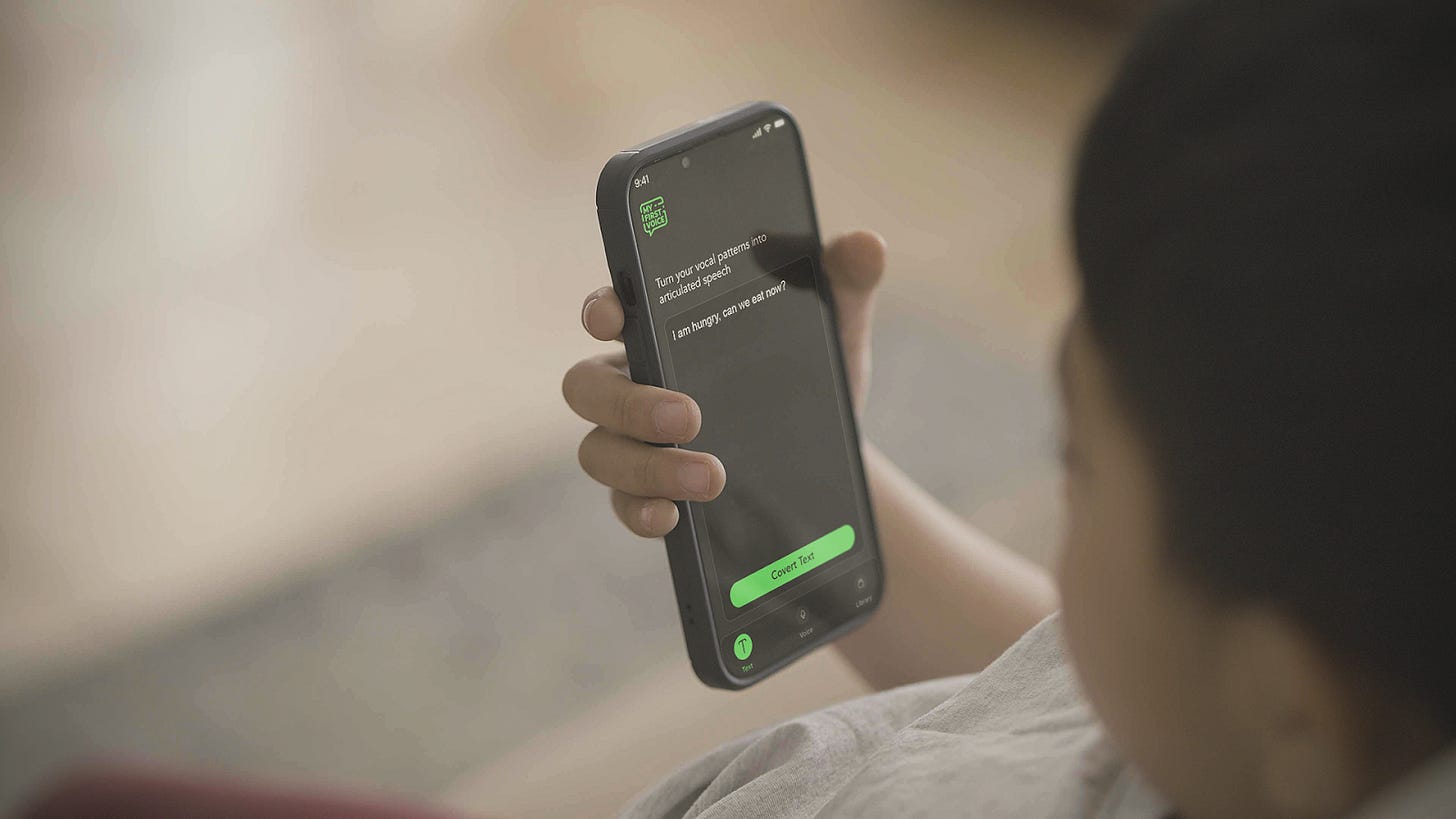How AI is giving a voice to non-verbal children in India
With autism and other speech-impairing conditions on the rise, Human Algorithm speaks to Monks and Centre for Community Initiative to find out how they are using AI to help children speak.
India is in the midst of a silent epidemic. Not because the data is unclear, though it often is, but because the children at the heart of this story cannot speak for themselves.
Autism Spectrum Disorder (ASD) affects an estimated 1.1% to 1.5% of children aged 2–9 in India, with some estimates suggesting the figure could be as high as 3%. That translates to millions of children growing up in a world that isn’t built to hear them.
According to 2023 data from the Indian Academy of Paediatrics (IAP), 5% of the Indian population is estimated to be on the Autism spectrum, with a significant portion of children starting their lives nonverbal.
For many, this silence is not a choice, it is a sentence.
Speech impairment can be caused by autism, cerebral palsy, hearing disorders, or neurological conditions. In a country where stigma still casts a long shadow, diagnosis often comes late, if at all.
Most healthcare services are clustered in urban areas, and inclusive education remains more rhetoric than reality. So when a child is non-verbal, they are not just voiceless, they are often unseen.
But a new initiative is changing that.
Keep reading with a 7-day free trial
Subscribe to Human Algorithm to keep reading this post and get 7 days of free access to the full post archives.


